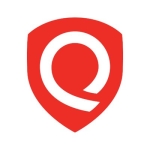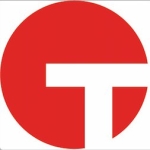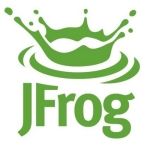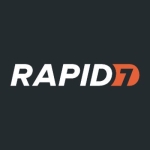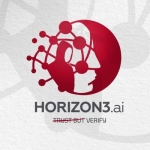In my company, we use Tenable.io Vulnerability Management is a good solution for vulnerability assessment on the infrastructure and not on the applications. The solution is useful for conducting vulnerability assessments on IT infrastructures. We use Tenable to discover assets on the network and the vulnerabilities in the vulnerability management cycle.
Tenable.io Vulnerability Management is an easy-to-use product. It is a good solution, as per Gartner's SIEM Magic Quadrant. The product has a lot of documentation and blogs, so you can get lots of support from its communities while also finding a lot of online materials that can help you improve the solution's uses or implement it according to your use cases.
The shortcoming of the solution that needs improvement is related to its capability to do vulnerability assessments on applications.
I have been using Tenable.io Vulnerability Management for more than ten years.
It is a very stable and mature solution in the market since it has been around for over 15 years.
The product has no scalability solution since it can manage hundreds to thousands of networks.
The solution's technical support is good and quick to respond. If you have a problem, you can be sure that someone from the support team has a solution to your problem.
Our company doesn't use any other products from Tenable apart from Tenable Nessus for vulnerability assessment. We also use NetSuite to manage the vulnerabilities' life cycle.
The initial setup of Tenable.io Vulnerability Management was straightforward since it allows one to use a device, like a virtual machine, or one can use it on a public IP address if it is already deployed, making the process very quick and easy.
The solution is deployed on-premises.
The deployment process was very quick since it could be done using a virtual machine or the customer's network. You can do the deployment with the virtual machine by connecting to the management suite before launching the solution.
To do an assessment for all our customers, my company has over 200 users for the deployment and maintenance of the solution. There is a dedicated team in the company I currently work for to manage the solution. One technician is needed to do a vulnerability assessment.
Yearly payments are to be made toward the licensing cost of the product. It is neither a cheap nor an expensive product.
I recommended the solution to those planning to use it since it is a very good product. Though there are other good solutions like Qualys, Tenable is the best.
I rate the overall tool a nine out of ten.










